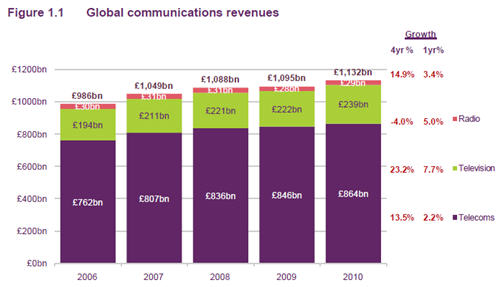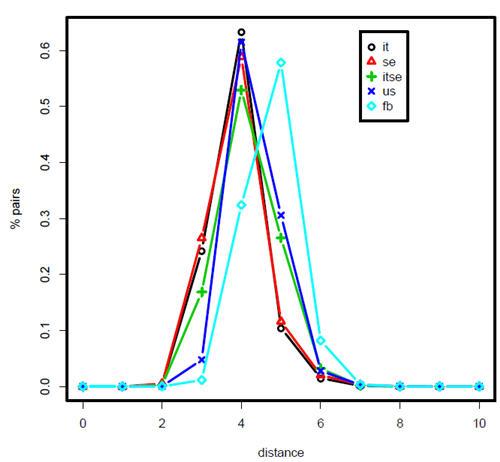Fantastic international comparative data on media, social media, and mobile
For those who love rich data on the world of media and telecoms, the release of a report by UK telecommunications regulator Ofcom is always a cause for celebration.
Last year I covered some of Ofcom’s report on key trends on communication and media usage. Here I will excerpt a few of the highlights from today’s Ofcom International Communications Market Report 2011, which focuses on country comparative data. There is an absolute wealth of information in the report. The data below is a small selection that I found particularly noteworthy, with some brief comments.

Global telecoms sector revenue has flattened considerably, with just 2.2% growth last year, brought down by performance in major markets. Interestingly television revenue continues to increase at a healthy pace beyond GDP growth.
Read more →

